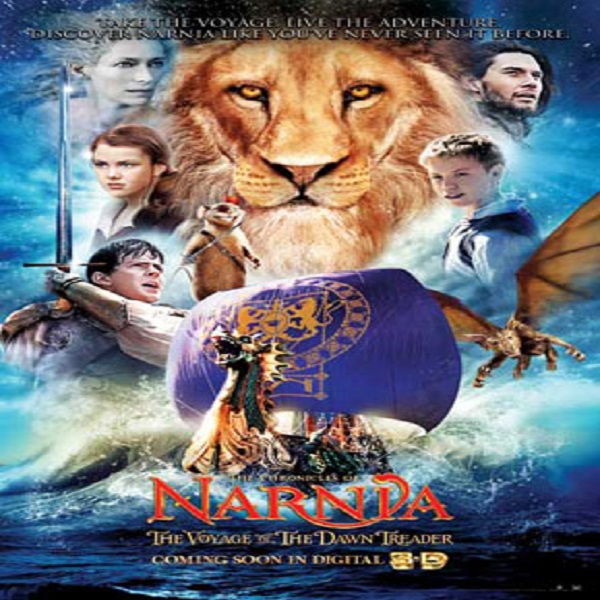


Mentions in these epics indicate that this art form originated many centuries ago. The hero dons a horse-like structure made up of maple leaves and starts protesting in the streets to marry the girl. In one section, the heroine’s parents ban the marriage between their daughter and her lover. References to Poikkal Kuthirai Aatam can also be found in the epic Tholkaapiam. This work was written in the 2nd century and is one of the ancient epics of the Tamil language. The dance is one of the 11 dances performed by Madhavi, a character in Silappadikaram. There are also references to this art form in early Tamil epics. It is said that Poikkal Kuthirai Aatam was introduced to Tamil Nadu by the Maratha kings. The dance is known as Saithikoda in Orissa, Theelu Gurram in Andhra Pradesh, Kachikoti in Rajasthan and Kuthikali in Kerala. It is also popular in states other than Tamil Nadu. This dance may be called Puravi Naatiyam (Horse Dance), Poi Kuthirai (False Horse) and Marakkaladal (Wooden Leg Dancing). Poikkal Kuthirai Aatam is performed bearing a lightweight dummy horse around the dancer’s waist. It may also be performed as part of religious celebrations for instance, in honor of Ayyanar, the Hindu idol that is worshipped to protect the village. Unlike Karagattam and Kavadi Aatam, both religious dances, Poikkal Kuthirai is mostly performed as an entertainment during festivals. Also called Puravai Aatam, this is one of the oldest dance forms of the state that has been the birthplace for various innovative arts.As a community art, this dance is popular in villages across Tamil Nadu and has blended with the day-to-day life of the people. In Tamil Nadu, the dance form of Poikkal Kuthirai Aatam is one such art. POIKKAL KUTHIRAI - FAMOUS TAMIL FOLK ART FARMįolk arts typically closely represent the culture and heritage of a region.


 0 kommentar(er)
0 kommentar(er)
